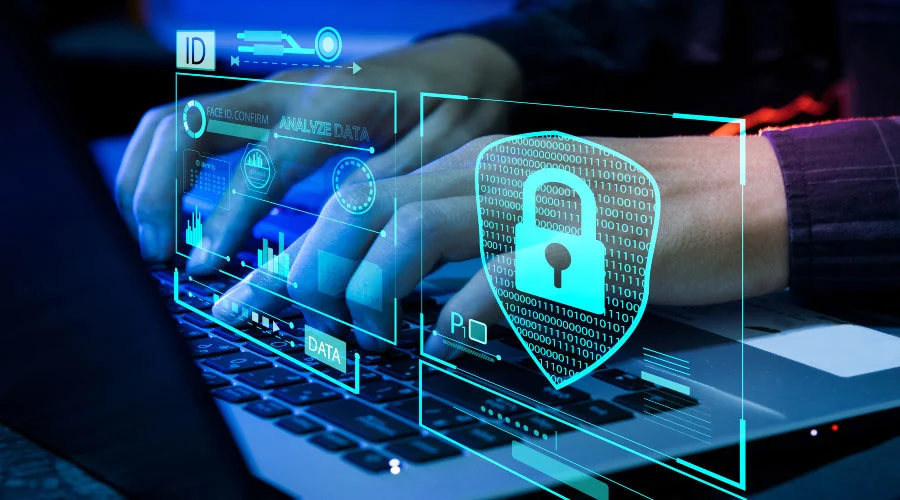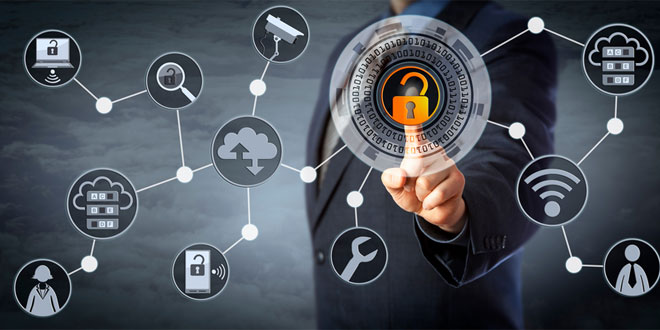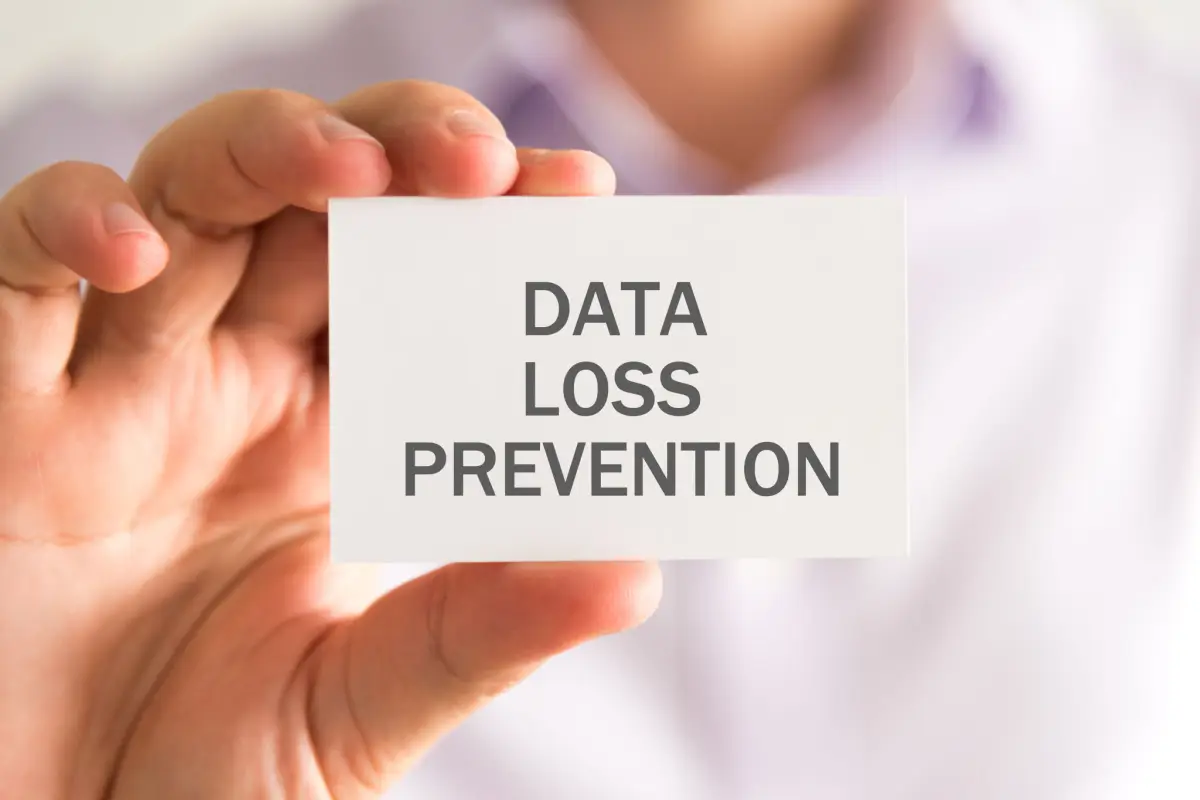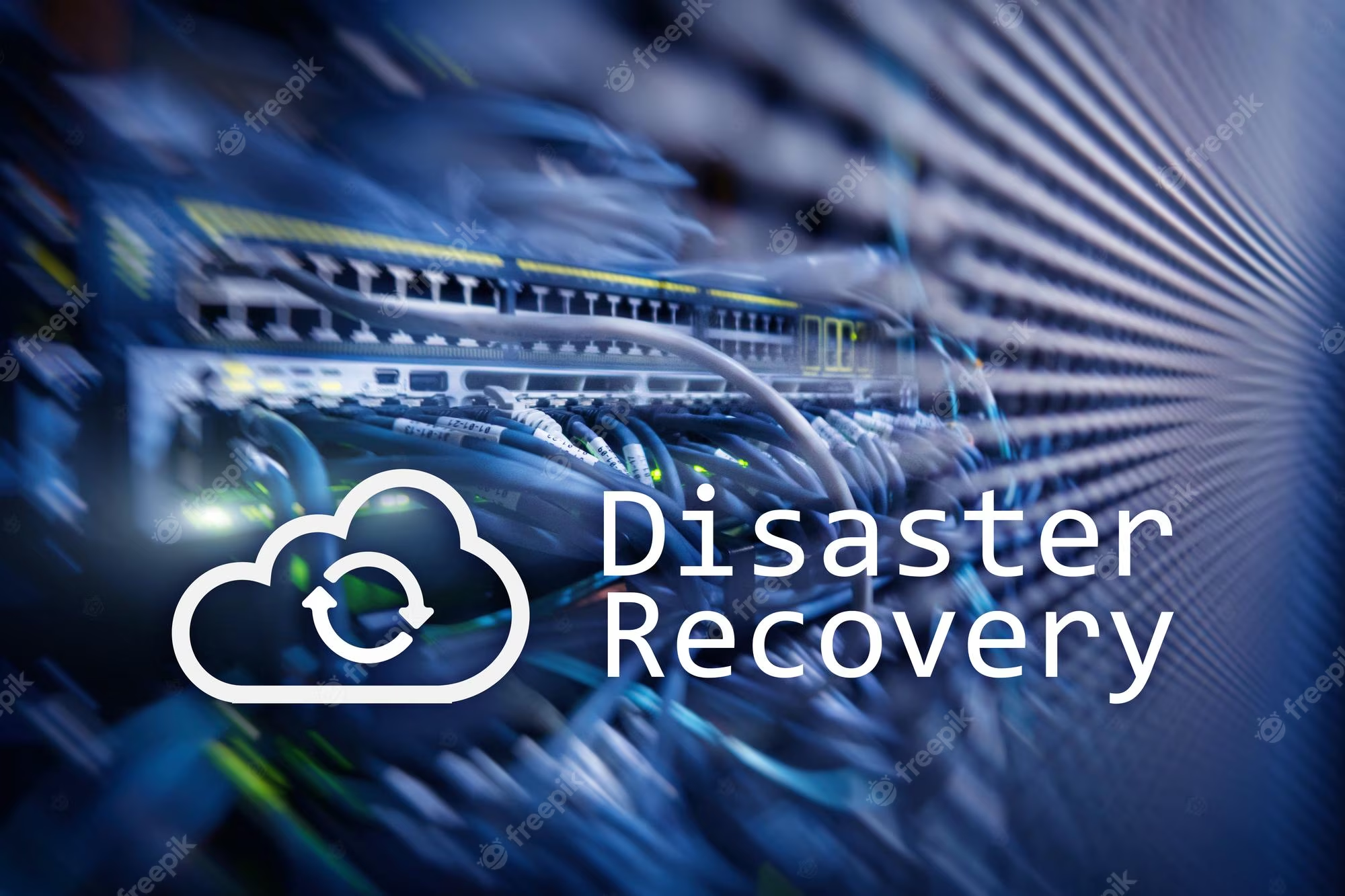
How Financial Services in Singapore Benefit from Performance-Based Marketing
September 10, 2025
Building a Sustainable Lead Funnel: Best Practices for B2B Lead Generation in Asia
September 11, 2025In today’s digital age, personal data protection has become a paramount concern for individuals and organizations alike. With the increasing volume and sensitivity of personal data being collected and processed, leveraging appropriate technologies is essential to ensure robust data protection. In this blog, we will explore how various technologies can be harnessed to safeguard personal data and strengthen data protection measures.

1. Encryption: A Shield for Data Confidentiality
Encryption is a foundational technology that plays a critical role in personal data protection. By converting data into an unreadable format that can only be deciphered with a unique encryption key, encryption ensures data confidentiality, even if it falls into the wrong hands. Adopting robust encryption algorithms and implementing end-to-end encryption protocols for communication channels and storage systems can significantly enhance the security of personal data.
There are two primary types of encryption commonly employed for data protection:
a) Symmetric Encryption: This method uses a single encryption key for both encryption and decryption processes. The same key is used to encrypt the data and decrypt it back to its original form. Symmetric encryption is fast and efficient but requires secure key distribution among authorized parties.
b) Asymmetric Encryption: Also known as public-key encryption, this method involves the use of two mathematically related keys: a public key for encryption and a private key for decryption. The public key is widely shared, while the private key remains securely held by the data recipient. Asymmetric encryption enables secure communication between parties without the need for key exchange, but it is computationally more intensive.

2. Access Control and Authentication: Fortifying Data Security
Implementing access control mechanisms and strong authentication methods adds an extra layer of protection to personal data. Technologies such as two-factor authentication (2FA), biometrics, and multifactor authentication (MFA) help verify the identity of users, ensuring that only authorized individuals can access sensitive data. Access control policies and role-based access controls (RBAC) limit data access privileges, reducing the risk of unauthorized data exposure.
We will explore the significance of access control and authentication in fortifying data security and protecting valuable information assets.
- Role-Based Access Control (RBAC)
Role-Based Access Control (RBAC) is a widely adopted access control model that assigns permissions and privileges based on predefined roles. RBAC simplifies access control management by grouping users into roles and granting permissions to roles rather than individual users. This approach streamlines access management, reduces administrative overhead, and ensures consistent application of access controls across the organization.
- Two-Factor Authentication (2FA)
Two-Factor Authentication (2FA) adds an extra layer of security by requiring users to provide two different types of credentials to authenticate their identity. This commonly involves a combination of something the user knows (such as a password or PIN) and something the user possesses (such as a physical token or a mobile device). 2FA mitigates the risk of unauthorized access by adding an additional authentication factor beyond just a password.
- Biometric Authentication
Biometric authentication relies on unique physical or behavioral characteristics of individuals to verify their identity. Common biometric factors include fingerprints, iris or retina patterns, facial recognition, voice recognition, and even behavioral traits like typing patterns. Biometric authentication enhances security by providing a more accurate and difficult-to-replicate form of identity verification, making it harder for unauthorized users to gain access.
- Access Logging and Monitoring
Implementing access logging and monitoring mechanisms is crucial for maintaining data security. By capturing and analyzing access logs, organizations can track user activities, detect suspicious behavior, and identify potential security threats. Real-time monitoring enables proactive detection and response to unauthorized access attempts or unusual access patterns, mitigating potential security breaches.
- Single Sign-On (SSO)
Single Sign-On (SSO) is a mechanism that allows users to authenticate once and gain access to multiple systems or applications without the need for separate credentials for each resource. SSO enhances convenience for users while maintaining security by centralizing authentication and enforcing access control policies across integrated systems. It reduces the risk of weak or reused passwords and simplifies user access management.

3. Data Loss Prevention (DLP): Preventing Unintentional Data Leakage
DLP technologies help organizations detect and prevent the accidental or unauthorized transmission of sensitive data. They monitor data movement across networks, endpoints, and cloud services, and apply policies to prevent data leakage. DLP solutions can identify and block sensitive data from being transferred via email, USB drives, or cloud storage, reducing the risk of data breaches and ensuring compliance with data protection regulations.
We will explore the importance of DLP and effective measures to prevent unintentional data leakage.
- Identifying and Classifying Sensitive Data:
A crucial step in DLP implementation is the identification and classification of sensitive data. Organizations need to understand what types of data are considered sensitive and apply appropriate classification tags. This enables DLP solutions to accurately detect and control the movement of sensitive data within the organization’s systems and networks.
- Endpoint DLP Solutions:
Endpoints, such as laptops, desktops, and mobile devices, are common sources of unintentional data leakage. Endpoint DLP solutions provide real-time monitoring and control capabilities, allowing organizations to track and prevent data transfers to unauthorized devices, cloud storage, or personal email accounts. Endpoint DLP helps mitigate the risk of accidental data exposure caused by human error or device compromise.
- Network Monitoring and Filtering:
DLP solutions should encompass network monitoring and filtering capabilities to prevent data leakage during transmission. By inspecting network traffic, organizations can identify and block sensitive data from leaving the network via various channels, such as email, instant messaging, or file-sharing platforms. Network-based DLP solutions enable real-time detection and prevention of inadvertent data leakage.
- User Behavior Monitoring:
Monitoring user behavior is crucial in preventing unintentional data leakage. DLP solutions can analyze user actions, such as copying sensitive data to removable media, uploading files to unauthorized cloud storage, or sending sensitive information to external recipients. By detecting anomalous behavior patterns, DLP solutions can raise alerts or take proactive measures to prevent data leakage.
- Employee Education and Awareness:
Employee education and awareness programs play a vital role in preventing unintentional data leakage. Organizations should provide regular training sessions on data handling best practices, security policies, and the importance of protecting sensitive information. By fostering a culture of data security and instilling a sense of responsibility among employees, organizations can significantly reduce the risk of inadvertent data leaks.

4. Data Masking and Anonymization: Preserving Privacy
Data masking and anonymization techniques are employed to protect personal data while maintaining its usefulness for analysis and testing purposes. Masking replaces sensitive data with realistic but fictitious values, ensuring that the data remains valid for development, testing, or analytics purposes without exposing individuals’ personally identifiable information (PII). Anonymization techniques remove or transform identifiable elements, reducing the risk of re-identification and preserving privacy.
We will explore the importance of data masking and anonymization in preserving privacy and maintaining data utility.
- Understanding Data Masking:
Data masking is a technique that involves the modification of sensitive data to render it unreadable or unintelligible, while still maintaining its format and structure. By replacing sensitive information with realistic but fictional or obfuscated data, organizations can use the masked data for testing, development, or analytics purposes without exposing personal or sensitive details.
- Anonymization Techniques:
Anonymization is the process of transforming data in such a way that it can no longer be linked to an individual or entity. Various anonymization techniques can be applied to protect privacy while retaining the usefulness of the data. These techniques include generalization, where data is aggregated or grouped into less specific categories, and randomization, which introduces noise or random elements to disassociate data from individuals.
- Preserving Data Utility:
One of the key considerations in data masking and anonymization is preserving data utility. While the primary goal is to protect privacy, it is essential to retain the usefulness of the data for analysis, research, and other legitimate purposes. By carefully selecting the right masking or anonymization techniques, organizations can strike a balance between privacy preservation and maintaining the integrity and value of the data.
- Masking Sensitive Identifiers:
Sensitive identifiers, such as names, addresses, social security numbers, or credit card details, are often the focus of data masking and anonymization. Masking techniques can be applied to replace or obfuscate these identifiers, ensuring that personal information remains protected while still allowing data analysis or sharing within a controlled environment.
- Statistical Disclosure Control:
Statistical Disclosure Control (SDC) is a framework that combines various techniques to balance data utility and privacy preservation. SDC methods involve statistical methods, sampling, aggregation, and perturbation to release or share data while minimizing the risk of re-identification. These techniques ensure that the released data is sufficiently anonymized and cannot be linked back to specific individuals.
- Compliance with Data Protection Regulations:
Data masking and anonymization techniques are crucial for organizations to comply with data protection regulations, such as the General Data Protection Regulation (GDPR). These regulations require organizations to implement appropriate measures to protect personal data and ensure privacy. By incorporating data masking and anonymization into their data handling processes, organizations can meet regulatory requirements and mitigate the risk of non-compliance.

5. Data Backup and Recovery: Resilience Against Data Loss
Technologies such as regular data backups, replication, and disaster recovery solutions are critical in ensuring data availability and resilience. Backup systems create duplicate copies of personal data, stored securely and separately from the primary data source. In the event of data loss due to hardware failure, natural disasters, or cyberattacks, organizations can restore the data from backups, minimizing the impact on individuals and maintaining business continuity.
We will explore the importance of data backup and recovery in building resilience against data loss.
- Importance of Regular Backup:
Regular backups are essential to ensure data integrity and minimize the risk of data loss. By implementing automated backup solutions, organizations can schedule regular backups to capture any changes made to data since the last backup. This approach reduces the potential data loss window and enables efficient recovery in case of a data loss event.
- Choosing Backup Strategies:
Organizations can adopt different backup strategies based on their needs and requirements. These strategies include full backups, incremental backups, and differential backups. Full backups involve copying all data, while incremental backups only capture changes made since the last backup, and differential backups capture changes made since the last full backup. The choice of backup strategy depends on factors such as data volume, backup frequency, and recovery time objectives.
- Offsite and Cloud Backup:
Storing backups offsite or in the cloud provides an extra layer of protection against localized disasters or physical damage to the primary data storage. Offsite backups can be stored in a different physical location or data center, while cloud backup services offer secure and scalable storage options. Offsite and cloud backups ensure data availability and facilitate faster recovery in case of a catastrophic event.
- Data Recovery Techniques:
Data recovery aims to restore lost or corrupted data to its original state. Depending on the backup strategy and the nature of the data loss, organizations can employ different recovery techniques, such as restoring from backups, utilizing redundancy and failover systems, or employing data recovery software and services. It is essential to have a well-defined data recovery plan in place to ensure swift and effective recovery when needed.
- Testing and Validation:
Regular testing and validation of backup and recovery processes are critical to ensure their reliability and effectiveness. Organizations should periodically perform recovery drills to verify the integrity of backups, assess recovery time, and identify any potential issues or gaps in the data recovery plan. Testing and validation help build confidence in the backup and recovery capabilities and enable necessary adjustments and improvements.

6. Data Monitoring and Analytics: Detecting Anomalies and Threats
Implementing advanced data monitoring and analytics technologies allows organizations to identify anomalies, unusual behaviors, and potential threats to personal data. Machine learning algorithms and artificial intelligence can analyze large volumes of data, detecting patterns and indicators of data breaches or unauthorized access attempts. Real-time monitoring systems can generate alerts, enabling timely response and mitigation of security incidents.
We will explore the importance of data monitoring and analytics in detecting anomalies and threats.
- Detecting Anomalies:
Anomalies refer to deviations or irregularities in data that deviate from the expected patterns. By monitoring data continuously, organizations can identify anomalies that may indicate unauthorized access attempts, data breaches, or malicious activities. Advanced analytical techniques, such as machine learning algorithms, can help in automatically detecting and flagging anomalous patterns for further investigation.
- Identifying Security Threats:
Data monitoring and analytics enable organizations to proactively identify security threats and potential vulnerabilities within their data systems. By analyzing data access logs, network traffic, user behavior, and other relevant sources, organizations can detect signs of intrusion attempts, data exfiltration, malware infections, or insider threats. Timely detection allows for prompt response and mitigation of potential risks.
- Behavior-Based Analysis:
Behavior-based analysis involves monitoring and analyzing user behavior patterns to identify suspicious activities or deviations from normal patterns. By establishing baseline user behavior, organizations can detect anomalies, such as unauthorized access attempts, unusual data transfers, or abnormal login activities. Advanced analytics can help in identifying behavioral outliers and generating alerts for further investigation.
- Real-time Monitoring and Alerts:
Real-time data monitoring provides organizations with the ability to detect and respond to threats promptly. Through the use of real-time monitoring tools and technologies, organizations can actively monitor data streams, network traffic, and system logs to identify and respond to security incidents in real-time. Automated alerts and notifications can be set up to notify security teams when suspicious activities or anomalies are detected.
- Leveraging Data Analytics for Threat Intelligence:
Data analytics can be used to derive actionable insights and threat intelligence from large volumes of data. By aggregating and analyzing data from various sources, organizations can identify patterns, trends, and correlations that can help in proactive threat detection and prevention. Data analytics can assist in identifying emerging threats, predicting potential attack vectors, and enhancing overall security posture.
Conclusion
Protecting personal data requires a proactive approach that leverages appropriate technologies to safeguard its confidentiality, integrity, and availability. Encryption, access control, data loss prevention, data masking, data backup, and monitoring and analytics are among the key technologies that fortify data protection efforts. By implementing a comprehensive technology-driven approach, individuals and organizations can enhance their personal data protection capabilities, ensure compliance with regulations, and maintain trust in an increasingly data-centric world.
Check this out: https://www.ismartcom.com/pdpa-compliance-singapore


